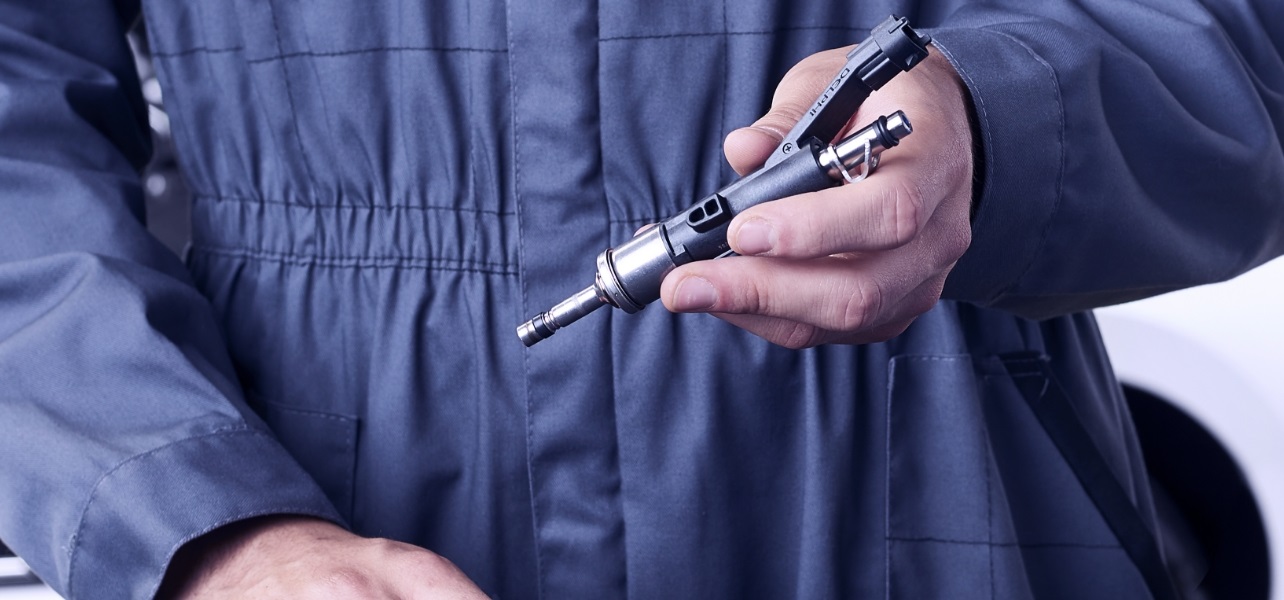Dampers
-
These are essential for keeping tyres in continuous contact with the road surface. A single worn damper can also increase a vehicle’s stopping distance by two metres at 30mph. Typically a damper will be replaced at regular servicing time if needed. There are various parts that accompany dampers that also need important attention, such as springs, and these should be replaced in axle pairs too.
-
Coil springs
These are one of the most prominent parts of the suspension system, and problems can be caused by continuous overloading. A broken spring is usually easy to spot with a visual check, and changing a spring that’s either broken or damaged is absolutely essential. -
Air suspension
This is fitted to an increasing number of vehicles. It also uses natural rubber which wears out over time and may start to show small cracks. Air suspension springs are likely to need replacing every six to ten years but be aware that a long period out of use tends to increase the chances of failure. -
Bushes
These are made of rubber to resist extremes of temperature and significant movement, as well as water and dirt. Over the years, bushes become brittle, with the rubber losing its flexibility. This can result in splits and tears. They can cause poor handling, vibration, excessive tyre wear and clunking noises. It’s a gradual process that does not necessarily cause a sudden failure, but even so, spotting the problem as it’s happening is essential if you’re servicing a vehicle. -
Rods and linkages
These are the parts that connect the various elements of the suspension system together. They’re strong metal parts, and while they may occasionally corrode, they should usually last for a vehicle’s lifespan. The exception comes if they are in an accident or serious incident on the road, and if so, replacing them is essential. -
Ball joints
Ball joints consist of a circular ball rotating within a lubricated socket housing, that’s both enclosed and protected by a tightly secured boot. Natural wear can occur that loosens the ball pin from its housing, and results in a clear knocking noise. Ball joints should be replaced in axle sets to ensure even distribution of suspension efficiency. -
Shock absorbers
Shock absorbers work alongside springs to reduce the impact of bumps in the road and potholes. The shock absorbers support the springs by reducing their motion. Shock absorbers contain thick oil, and if this leaks, it can cause problems with other parts of the suspension system. Again, they should be replaced in axle sets in most circumstances.



